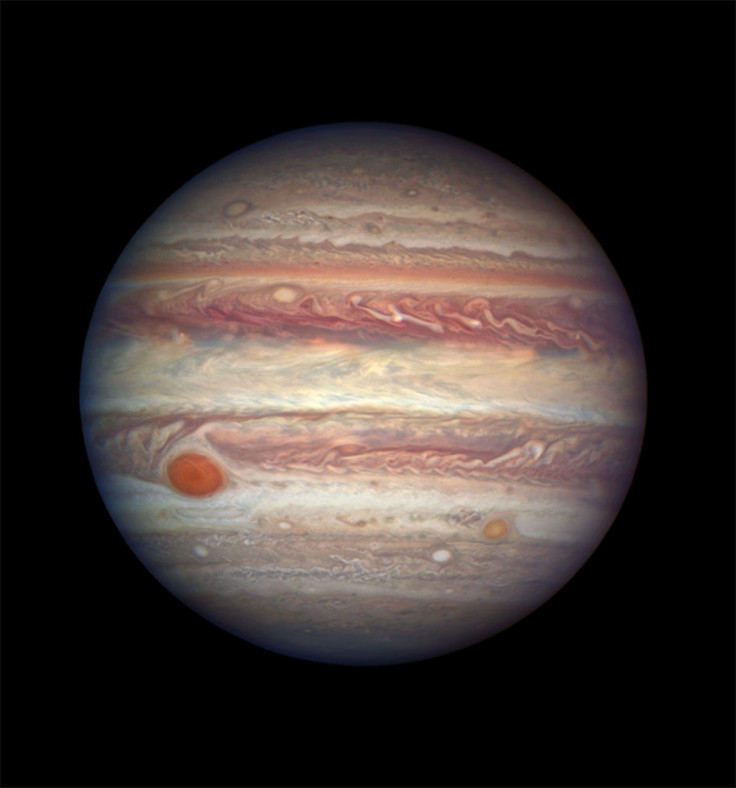How Old Is Jupiter? Meteorite Analysis Suggests Early Formation That Prevented Super-Earths In Solar System

Based on models of the formation of gas giants, scientists have thought for long that Jupiter formed relatively early after the formation of the solar system. And a new study, based on analyzing the composition of meteorites, suggests the largest planet in the solar system was already 20 times the size of Earth before the system had existed for a million years.
Scientists have so far not been able to assign a date to the formation of the gas giant, but know that it was likely within 10 million years after the solar system came about, at a time when the solar nebula — a ring of gas and dust around the sun from which the rest of the bodies in the solar system eventually formed — was still around. However, using an indirect technique, Thomas S. Kruijer, who also works at the Lawrence Livermore National Laboratory in California, and his colleagues from the University of Münster in Germany, came up with an answer.
Read: Waves Of Lava On Jupiter’s Volcanic Moon Io
Kruijer and his team looked at the composition of meteorites. Specifically, they looked at the presence of molybdenum and tungsten isotopes in the iron meteorites. Based on the amounts of varying molybdenum isotopes present in them, meteorites can be classified as carbonaceous or non-carbonaceous. This distinction points to different points of origin, or different parents, for the two kinds of meteorites, as well as the fact that the two parents remained separated in space when the meteorites formed.
One of the meteorite reservoirs materialized out of the solar nebula about one million years after the solar system formed, while the other took another 2-3 million years. The keep the two meteorite reservoirs from exchanging material with another, a large gap in the nebula was needed, and according to Kruijer and his team, that gap was created by the formation of Jupiter.
However, to do that job effectively, Jupiter needed to grow really fast, and the researchers, who published a paper in this week’s issue of PNAS Online Early Edition, said the planet likely grew from the solar nebula to about 20 times the size of Earth in less than a million years. The growth slowed down somewhat after that, and the planet grew to only about 50 times Earth’s size over the next 2-3 million years. It was only after reaching that size that the planet saw “runaway gas accretion,” leading to its final mass of about 318 Earths and the tag of a gas giant.
Read: Jupiter’s Chaotic Cyclones, Massive Magnetism Revealed In First Juno Results
In the paper, titled “Age of Jupiter inferred from the distinct genetics and formation times of meteorites,” the authors said that Jupiter’s status as the oldest and the largest planet in the solar system had a lot of significance to understand how the system evolved to its present-day configuration.
“Through its rapid formation, Jupiter acted as an effective barrier against inward transport of material across the disk, potentially explaining why our Solar System lacks any super-Earths,” the paper said. This was because Jupiter’s hulking presence kept material from moving to the inner regions of the solar system, which remained relatively mass-deficient.
© Copyright IBTimes 2024. All rights reserved.





















